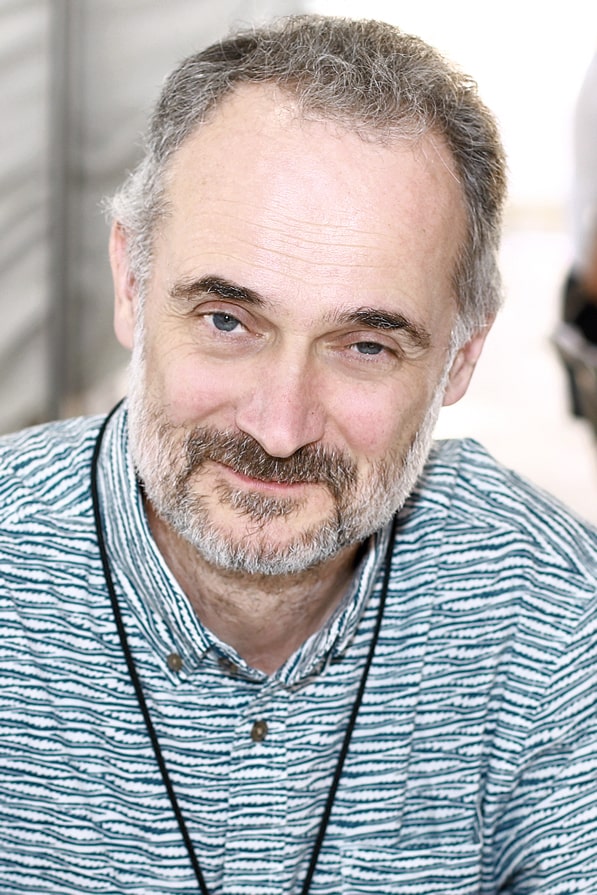David George Haskell – Who is he and why should you read his books?
David George Haskell is a biologist and a writer, writing in various means, ranging from scientific papers, essays, poems and books. The book of his, that I would recommend the most is The Forest Unseen which he published in 2012. In this article, I’ll be mentioning bits from the prologue and first chapter, so if you find yourself interested, chances are you’ll enjoy the whole book.
The Forest Unseen has 43 short chapters (perfect for short bursts of reading), which are ordered by date and cover a whole year. He has won four awards for the book, was a finalist for the 2013 Pulitzer Prize and the book went on to be translated into 10 languages. His love for the environment goes beyond that of his written word as he mentioned that he will donate half of his proceeds to forest conservation. As well as writing to spread awareness of nature conservation, he has made a pack of playing cards called Eastern Forest Playing Cards which sold amazingly. He donated the proceeds to education and conservation groups.
He is also well respected in the field of both biology and literature. Biologist Edward Wilson, who is known for developing the field of sociobiology, wrote that Haskell’s book was “a new genre of nature writing, located between science and poetry”. The worry in reading any books surrounding nature and the environment is that they are boring and hard to read. But Haskell uses a blend of literary techniques such as metaphors and vivid imagery, grounding them in scientific observation, which makes the book easy to read and not just fact after fact.
He reflects on the role of science in culture, which is a refreshing thing to see in literature, especially with all the current circumstances in the world. If you ever want to get into nature writing, I recommend giving Haskell a shot!
Maria Popova, a Bulgarian essayist and author mentioned The Songs of Trees in Brain Pickings’ favourite science books of 2017 and wrote that Haskell is “the rare kind of scientist Rachel Carson was when long ago she pioneered a new cultural aesthetic of poetic prose about science.” For those who don’t read much about environmental policies, Rachel Carson brought environmental concerns to a large share of American people with her book Silent Spring. This book led to the ban of DDT (dichloro-diphenyl-trichloroethane) and other pesticides. She is a key figure in nature writing and this review makes Haskell part of this literary tradition/canon.
In the prologue of The Forest Unseen, he explains how the book is about him observing the same spot of land daily and describing what he can see. His inspiration came from the practices of Tibetan monks and the creation of the Mandala. His book is a study to see if the small piece of land he observes is Nature’s Mandala. He uses the small-scale observations of his Mandala and expands and links in the wider, global natural process. For example, in the first chapter, he talks about the chickadees that surround him as he observes and then links it to the wider migration of birds. This unique view of nature, specifically of a small piece of it, makes the text interesting and as a reader it makes you reflect on your surroundings.
I noticed that the text has a pattern of first talking about the human experience and then moving on to more scientific explanations for nature. Reading on he again starts by talking about how he wants to experience the cold like animals, taking his clothes off, then mentioning the science behind why something smaller should get colder quicker. This breaking up of scientific language with the personal makes the text easy and enjoyable to read. You can learn more about the environment while also just reading about this writer in the forest.
He reflects on the role of science in culture, which is a refreshing thing to see in literature, especially with all the current circumstances in the world. If you ever want to get into nature writing, I recommend giving Haskell a shot!

Comments